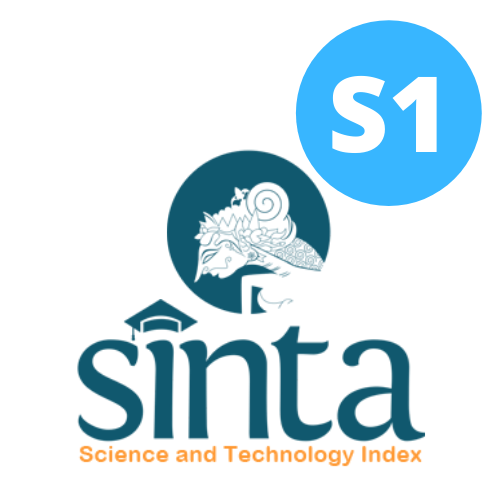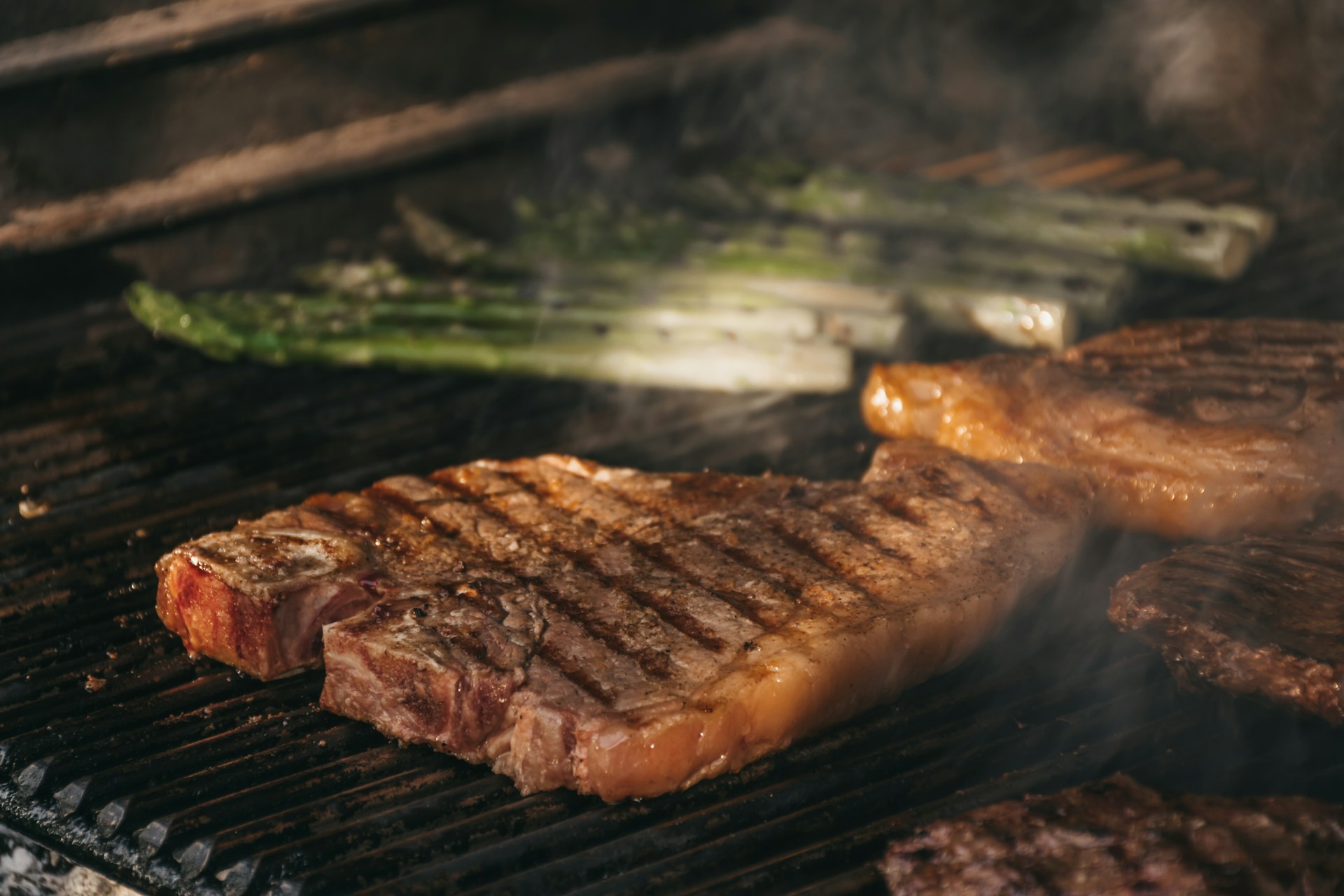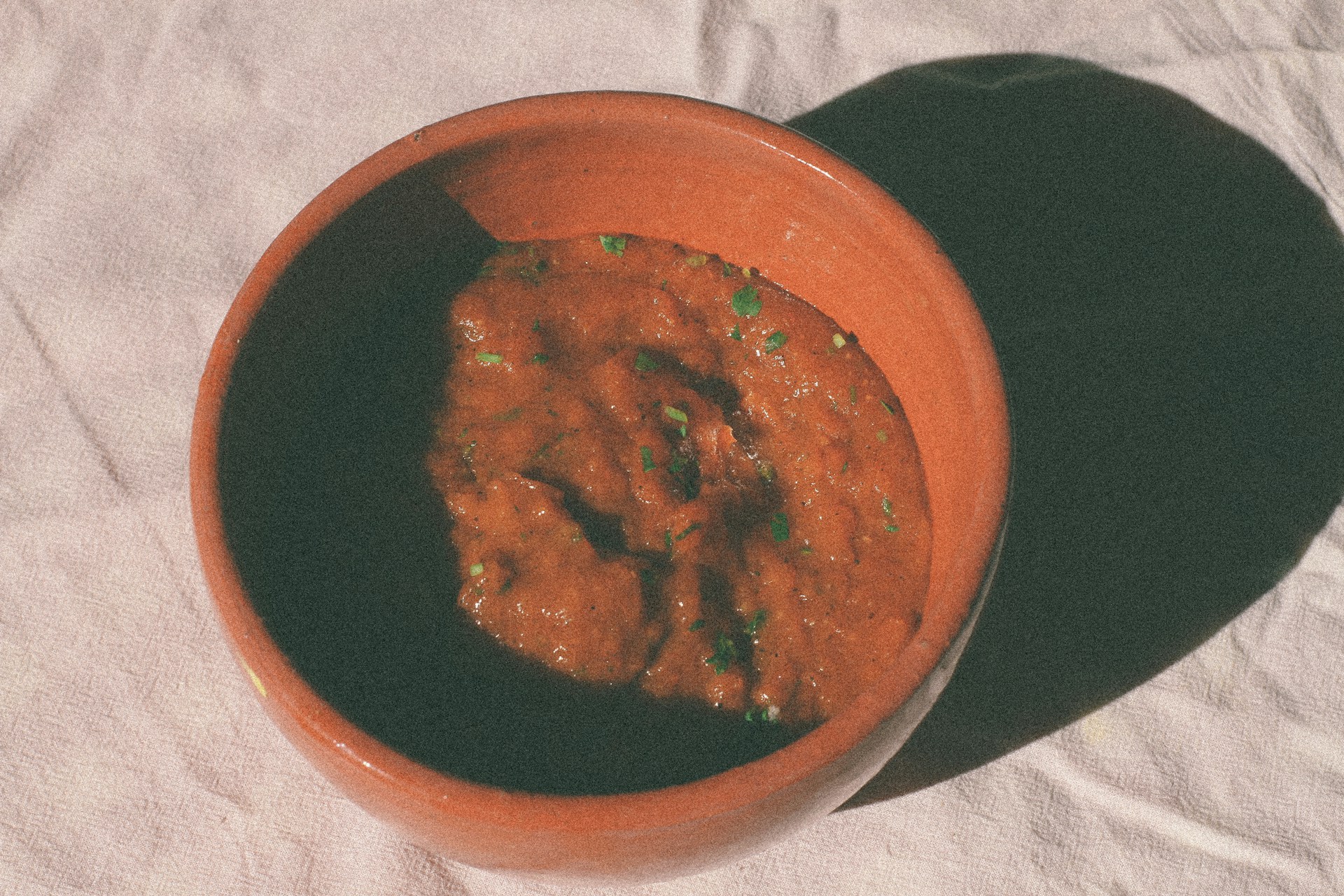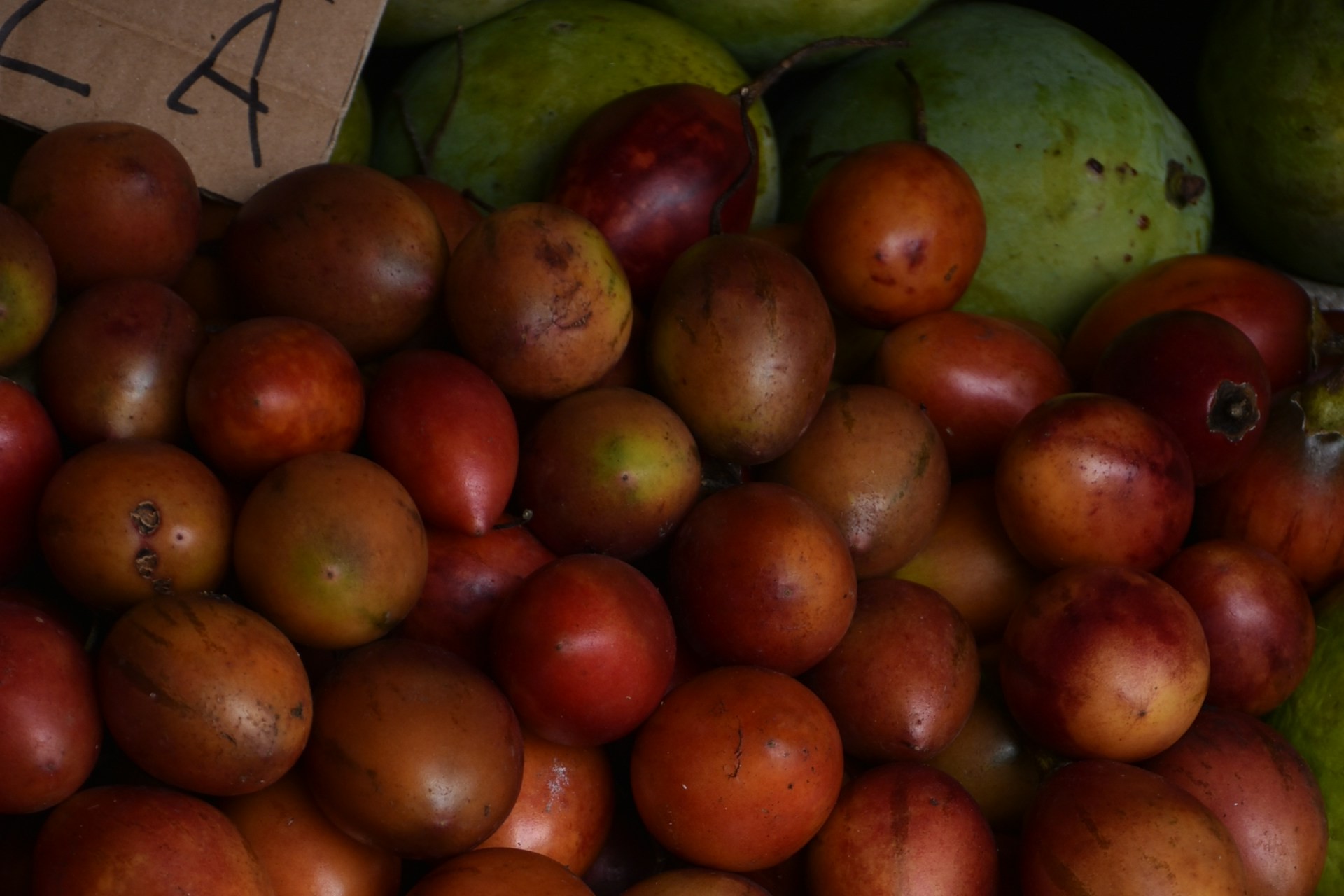Exploring the Public Opinion on Celebrity Fad Diets: Twitter Sentiment and Netnographic Analysis
Background: Celebrity fad diets have garnered significant attention and public interest in recent years, with many individuals seeking to emulate the seemingly flawless physiques of their favorite stars. These diets often gain popularity through social media platforms, particularly Twitter, where users engage in discussions, debates, and promotions of various diet trends. As public opinion and attitudes towards these diets play a crucial role in shaping their prevalence and effectiveness, understanding the sentiment and discourse surrounding celebrity fad diets on Twitter becomes a motivating topic.
Objective: The primary objective of the study is to analyze Indonesian's public discussions surrounding celebrity fad diets on twitter social media using netnographic and sentiment analysis of tweets.
Methods: This research used mixed methods approach with both qualitative and quantitative methods to find the public sentiments of the 5 chosen diets. The data were obtained through snscrape from GitHub, a Python-based tool, which enables users to access various types of Twitter data such as user profiles, hashtags, live tweets, top tweets, users, single or threaded tweets, list posts, communities, and trends. Each tweet then compiled into one database and cleaned based on inclusion criteria namely, included the keywords and its translation in Indonesian Language, has correlation to the topic of popular diets, not a promotional or advertisement content, affiliated to one or more celebrities and popular persons account in twitter, and showing interaction proved by the number of retweet, reaction, or reply.
Results: Positive sentiment was found to be more prevalent than negative sentiment over the years, and there was an increase in the number of tweets each year. Intermittent fasting emerged as the most discussed diet on social media, likely due to its resemblance to fasting practices observed by Indonesia's Muslim population. On the other hand, the Atkins diet was the least talked-about, possibly because of its complex nature.
Conclusions: The research highlights the impact of the COVID-19 pandemic and increased health consciousness on the surge in tweets during 2020-2022, and offers valuable insights into cultural and religious influences on discussions about intermittent fasting. The prevalence of discussions about the Ketogenic diet and Very Low-Calorie Diet in the context of Indonesian culture and K-Pop culture underscores the need for a nuanced understanding of these diets and their potential implications on health. Future research should consider diverse data sources, expand sample sizes, and collaborate with experts to gain a more comprehensive understanding of public opinions on diets.
Keywords : Opinion, Celebrity, Fad Diets, Twitter, Sentiment, Netnographic
Siwi, A. P. S. S. & Nindya, T. S. Body Image Berhubungan Dengan Indeks Massa Tubuh, Tapi Tidak Dengan Waist To Hip Ratio Pada Vegetarian Putri Di Surabaya. Media Gizi Indonesia 11, 113–119 (2018).
Sulistyan, A., Huriyati, E. & Hastuti, J. Distorsi citra tubuh, perilaku makan, dan fad diets pada remaja putri di Yogyakarta. Jurnal Gizi Klinik Indonesia 12, 99–107 (2016).
Preti, A., Usai, A., Miotto, P., Petretto, D. R. & Masala, C. Eating disorders among professional fashion models. Psychiatry Res 159, 86–94 (2008).
Vidianinggar, M., Mahmudiono, T. & Atmaka, D. Fad Diets, Body Image, Nutritional Status, and Nutritional Adequacy of Female Models in Malang City. J Nutr Metab 2021, (2021).
Fairburn, C. G. et al. Risk Factors for Binge Eating Disorder: A Community-Based, Case-Control Study. Arch Gen Psychiatry 55, 425–432 (1998).
Atmarita, A. (Atmarita). Nutrition Problems in Indonesia. Penelitian Gizi dan Makanan 28, 156425 (2005).
Vankerckhoven, L. et al. Identity Formation, Body Image, and Body-Related Symptoms: Developmental Trajectories and Associations Throughout Adolescence. J Youth Adolesc 52, 651–669 (2023).
Kamps, C. & Berman, S. Body image and identity formation: The role of identity distress. Rev Latinoam Psicol 43, 267–277 (2011).
Hanum, R., Nurhayati, E. & Riani, S. N. Pengaruh Body Dissatisfaction Dan Self-Esteem Dengan Perilaku Diet Mahasiswi Universitas "X” Serta Tinjauan Dalam Islam. Jurnal Psikogenesis 2, 180–190 (2014).
Park, S. Comparison of body composition between fashion models and women in general. J Exerc Nutrition Biochem 21, 22 (2017).
Health Research Funding. Pros and Cons of Fad Diets. https://healthresearchfunding.org/pros-cons-fad-diets/ (2014).
Kim, M. & Lennon, S. J. Content analysis of diet advertisements: A cross-national comparison of Korean and U.S. women's magazines. Clothing and Textiles Research Journal 24, 345–362 (2006).
Tahreem, A. et al. Fad Diets: Facts and Fiction. Front Nutr 9, (2022).
Kuchkuntla, A. R., Limketkai, B., Nanda, S., Hurt, R. T. & Mundi, M. S. Fad Diets: Hype or Hope? Curr Nutr Rep 7, 310–323 (2018).
Finkler, E., Heymsfield, S. B. & St-Onge, M. P. Rate of weight loss can be predicted by patient characteristics and intervention strategies. J Acad Nutr Diet 112, 75 (2012).
Wardlaw, G. M. & Kessel, M. W. Perspectives in Nutrition. (McGraw-Hill, 2002).
Brown, J. E. Nutrition. Through the Life Cycle. (Brooks/Cole, 2005).
Ogden, J. The Psychology of Eating: From Healthy to Disordered Behavior. (John Wiley & Sons, 2011).
Arisman. Gizi Dalam Daur Kehidupan. (EGC, 2010).
Berg, F. M. Health Risks Associated With Weight Loss and Obesity Treatment Programs. Journal of Social Issues 55, 277–297 (1999).
Koch, F., Hoffmann, I. & Claupein, E. Types of Nutrition Knowledge, Their Socio-Demographic Determinants and Their Association With Food Consumption: Results of the NEMONIT Study. Front Nutr 8, 630014 (2021).
Barzegar, M. et al. Ketogenic diet: overview, types, and possible anti-seizure mechanisms. Nutr Neurosci 24, 307–316 (2021).
Roehl, K., Falco-Walter, J., Ouyang, B. & Balabanov, A. Modified ketogenic diets in adults with refractory epilepsy: Efficacious improvements in seizure frequency, seizure severity, and quality of life. Epilepsy Behav 93, 113–118 (2019).
Stafstrom, C. E. & Rho, J. M. The ketogenic diet as a treatment paradigm for diverse neurological disorders. Front Pharmacol 3 APR, 22460 (2012).
Kverneland, M. et al. Effect of modified Atkins diet in adults with drug-resistant focal epilepsy: A randomized clinical trial. Epilepsia 59, 1567–1576 (2018).
Lin, A., Turner, Z., Doerrer, S. C., Stanfield, A. & Kossoff, E. H. Complications During Ketogenic Diet Initiation: Prevalence, Treatment, and Influence on Seizure Outcomes. Pediatr Neurol 68, 35–39 (2017).
Bostock, E. C. S., Kirkby, K. C., Taylor, B. V. & Hawrelak, J. A. Consumer Reports of "Keto Flu” Associated With the Ketogenic Diet. Front Nutr 7, (2020).
Swaid, B. Severe Hyperlipidemia With LDL Cholesterol of 393 Milligrams per Decilitre After 7 Months of High Fat Ketogenic Diet: A Rare Case Report. J Endocr Soc 5, A37 (2021).
Hawkes, C. P. et al. Hypercalcemia in Children Using the Ketogenic Diet: A Multicenter Study. J Clin Endocrinol Metab 106, E485–E495 (2021).
Freire, R. Scientific evidence of diets for weight loss: Different macronutrient composition, intermittent fasting, and popular diets. Nutrition 69, (2020).
Raynor, H. A. & Wing, R. R. Weight management | Weight maintenance. Encyclopedia of Human Nutrition 413–421 (2005) doi:10.1016/B0-12-226694-3/02286-9.
Tsai, A. G. & Wadden, T. A. The evolution of very-low-calorie diets: An update and meta-analysis. Obesity 14, 1283–1293 (2006).
Position of the American Dietetic Association: Vegetarian Diets. J Am Diet Assoc 109, 1266–1282 (2009).
Bilal, M. & Oxentenko, A. S. The Impact of Twitter: Why Should You Get Involved, and Tips and Tricks to Get Started. American Journal of Gastroenterology 115, 1549–1552 (2020).
Ahmed, W., Bath, P. A. & Demartini, G. Using Twitter as a Data Source: An Overview of Ethical, Legal, and Methodological Challenges. 2, 79–107 (2017).
Irawan, A. S. et al. Analysis of Content, Social Networks, and Sentiment of Front-of-Pack Nutrition Labeling in the European Union on Twitter. Front Nutr 9, 846730 (2022).
Chen, C., Zhang, J., Chen, X., Xiang, Y. & Zhou, W. 6 million spam tweets: A large ground truth for timely Twitter spam detection. IEEE International Conference on Communications 2015-September, 7065–7070 (2015).
Farooq, A., Chamari, K., Sayegh, S., El Akoum, M. & Al-Mohannadi, A. S. Ramadan daily intermittent fasting reduces objectively assessed habitual physical activity among adults. BMC Public Health 21, 1–9 (2021).
Cherif, A., Roelands, B., Meeusen, R. & Chamari, K. Effects of Intermittent Fasting, Caloric Restriction, and Ramadan Intermittent Fasting on Cognitive Performance at Rest and During Exercise in Adults. Sports Medicine 2015 46:1 46, 35–47 (2015).
Riga Bucureşti, D. et al. HEALTH, SPORTS & REHABILITATION MEDICINE. 21,.
Widyaningrum, R., Ramadhani, K. & Lestari, B. Literature Review: K-Beauty Effect on Health Behavior and Korean Cosmetics Purchasing in Indonesia. Disease Prevention and Public Health Journal 17, 69–75 (2023).
Rosenfeld, D. L. & Burrow, A. L. Vegetarian on purpose: Understanding the motivations of plant-based dieters. Appetite 116, 456–463 (2017).
Copyright (c) 2025 Amerta Nutrition

This work is licensed under a Creative Commons Attribution-ShareAlike 4.0 International License.
AMERTA NUTR by Unair is licensed under a Creative Commons Attribution-ShareAlike 4.0 International License.
1. The journal allows the author to hold the copyright of the article without restrictions.
2. The journal allows the author(s) to retain publishing rights without restrictions
3. The legal formal aspect of journal publication accessibility refers to Creative Commons Attribution Share-Alike (CC BY-SA).
4. The Creative Commons Attribution Share-Alike (CC BY-SA) license allows re-distribution and re-use of a licensed work on the conditions that the creator is appropriately credited and that any derivative work is made available under "the same, similar or a compatible license”. Other than the conditions mentioned above, the editorial board is not responsible for copyright violation.








































